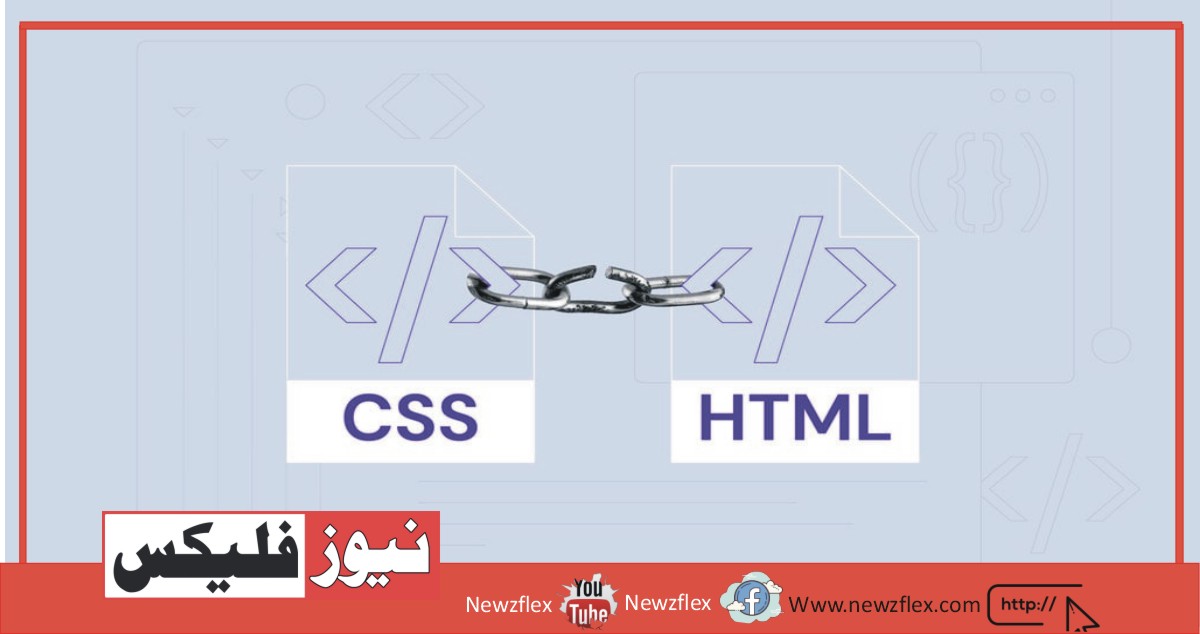HTML or CSS? Which is best one
HTML or CSS? Which is the best one? HTML (Hypertext Markup Language) HTML stands for Hypertext Markup Language. It is a markup language used to create web pages and other types of documents that are intended for display in a web browser. HTML is used to structure content on the web page and specify the […]





